It was the sedan that showed the world Japan could truly compete with the best European luxury brands. But after a 36-year run, the Lexus LS is about to drive off into the sunset, the victim of declining demand for highline sedans. The automaker will give the LS one last hurrah in the form of the limited-run Heritage Edition.
Few vehicles have had a more profound impact. When the Lexus brand made its auspicious debut 26 years ago it took dead aim at some of the luxury markets toughest competitors, brands like BMW and Mercedes-Benz, with the then-new LS sedan.
Like those European marques, however, Lexus has watched as sales of premium luxury sedans have faded into insignificance and, for the 2026 model year, the highline arm of Toyota will offer only one version of the flagship four-door. And there will be just 250 copies of the LS Heritage Edition shipped to U.S. dealers – at a price tag pushing into six figures.
But with the LS set to go away, what will Lexus use to fill the gap? And what might that mean for the rest of the luxury sedan market?
A revolution on wheels
Toyota wasn’t the first Japanese brand to take aim at the luxury market. That honor goes to Honda which, five years earlier, debuted the Acura marque. But it’s ambitions weren’t quite so high, the original Acura Legend more on target with the likes of the BMW 5-Series.
Lexus aimed even higher with the original 1989 LS 400, offering what was then a well-equipped full-size luxury sedan to compete with the BMW 7-Series and Mercedes S-Class – but at a notably discounted price of $35,000. The base S-Class started around $50,000. The Japanese sedan was an immediate hit, Lexus selling 42,290 in the U.S. in 1990.
Over the years, the price gap has narrowed, Lexus less inclined to position the LS as a bargain alternative to European sedans and more as a competitor on an equal footing. That paid off, the LS routinely keeping up with, if not surpassing its European rivals on the American sales charts. But demand began to fade in the new millennium as more and more luxury buyers migrated from sedans to SUVs and CUVs. The LS hit its last real peak in 2007, with U.S. sales of 35,226. Last year, that slipped to a mere 2,163, and for the first eight months of 2025, Americans purchased just 850 LS sedans.
Heritage Edition
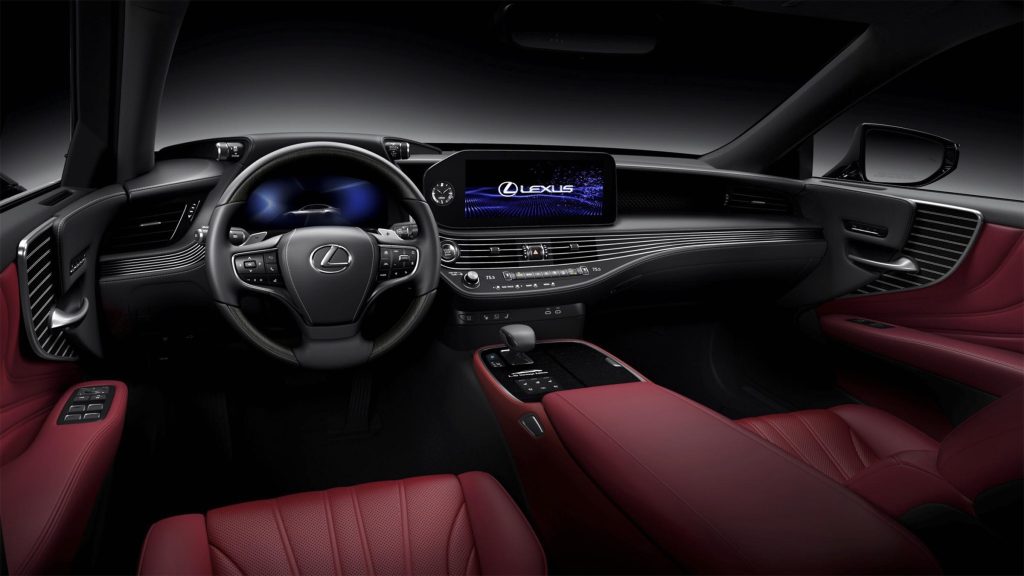
The 2026 Lexus LS Heritage Edition is loaded with everything you could imagine getting on the sedan.
What was once a bargain-priced luxury sedan certainly isn’t a steal any longer – and the final version of the Lexus LS will certainly go out on a high (priced) note, with an MSRP of $100,730. For that sum you get a sedan that, the automaker promised, will celebrate the “craftsmanship, innovation, and passion” that the LS has become known for – even though critics have long lamented it doesn’t quite deliver the driving thrills of its key competitors.
The 2026 Lexus LS Heritage Edition, adds the automaker in a statement, is a “thoughtfully curated, mono spec model with elevated style and substance.” It will be offered essentially as is – though that translates into just about anything you could imagine wanting on a sedan in its class.
That starts with the Ninety Noir black paint, complemented by 20-inch split-20-spoke alloy wheels in a Dark Gray Metallic finish. The interior will be done up in Rioja Red, with Laser Special Black wood, brushed aluminum trim and Ultrasuede trim. The Mark Levinson sound system will punch out a peak 2,400 watts of power through 23 speakers. Power will be sent to all four wheels from a 3.4-liter twin-turbo V-6 making 416 horsepower and 442 pound-feet of torque.
Look for the Heritage Edition to arrive in U.S. showrooms in the coming weeks, though the limited numbers suggest they may not last long.
More Lexus News
- First Drive: 2025 Lexus LX 700h Hybrid
- First Drive: Lexus GX 550
- From Plain Vanilla to Cutting Edge – is Lexus Design Going too Far?
How does Lexus fill the gap?
The obvious question is what will take the place of the LS? Based on this year’s sales numbers, which have averaged barely 100 a month, however, one could argue that there’s really no gap to fill. The full-size luxury sedan segment is little more than an asterisk on the sales charts, even when all the Lexus rivals are factored in.
Demand has largely shifted to comparably sized SUVs and CUV, including the likes of the Mercedes GLS and BMW X7. Lexus gave its own LX a big update a couple model years ago and more recently added the 700h hybrid package. That said, the big ute hasn’t come close to matching the once-solid LS sales numbers, Americans purchasing barely 6,800 of them last year – though demand was up for the first eight months of 2025. Lexus hopes to keep the momentum going in 2026 with the debut of the new LX F Sport package.
In reality, the Japanese automaker seems less focused on playing in the upper reaches of the luxury market these days – even though it’s dropped strong hints that there’s a new, limited-edition supercar in the works. It doesn’t need to, one could argue, considering the real numbers are in its midrange line-up. The RX remains the best-selling Lexus model, Americans purchasing 118,636 of them last year.

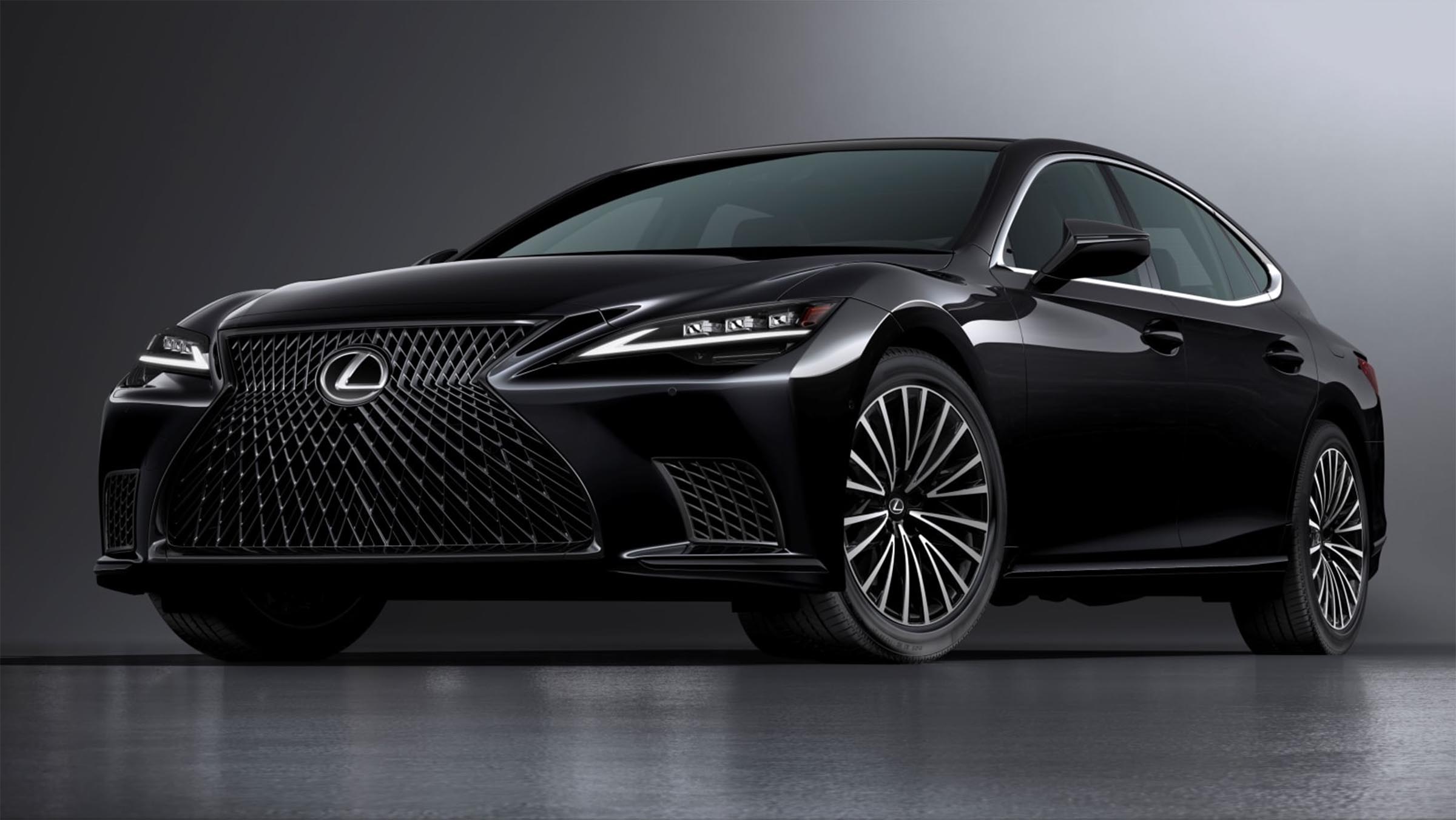
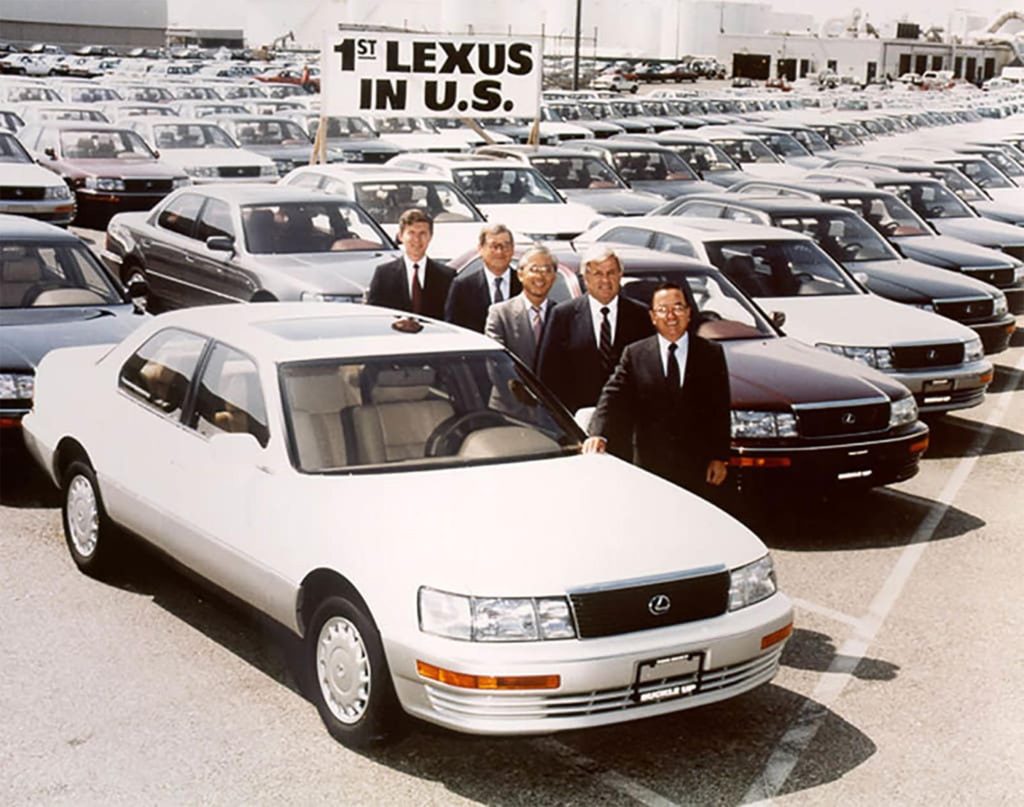
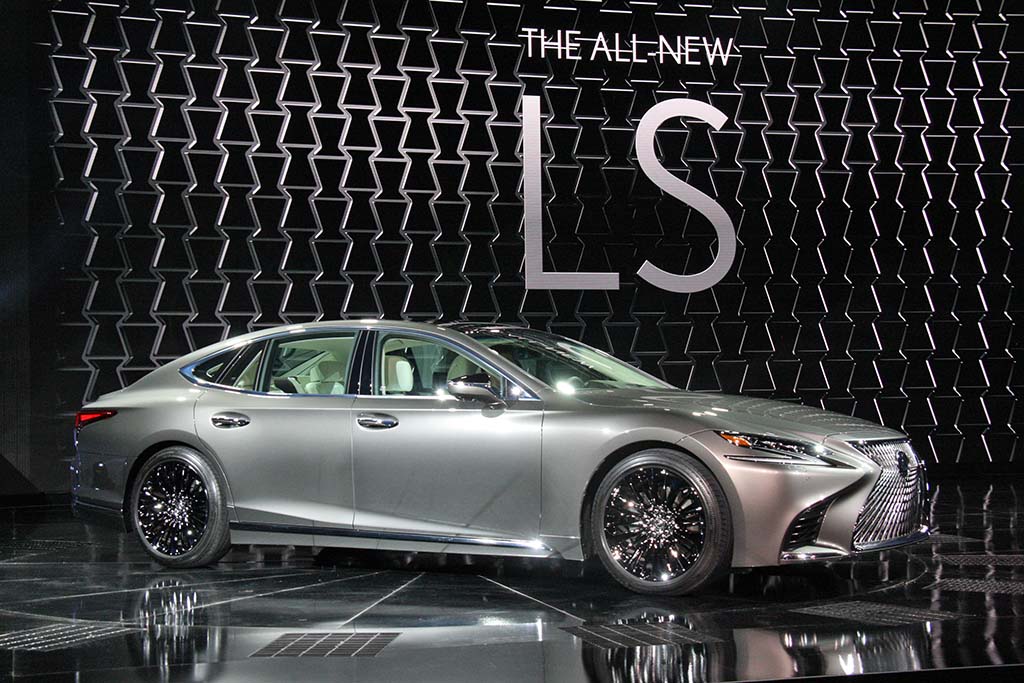
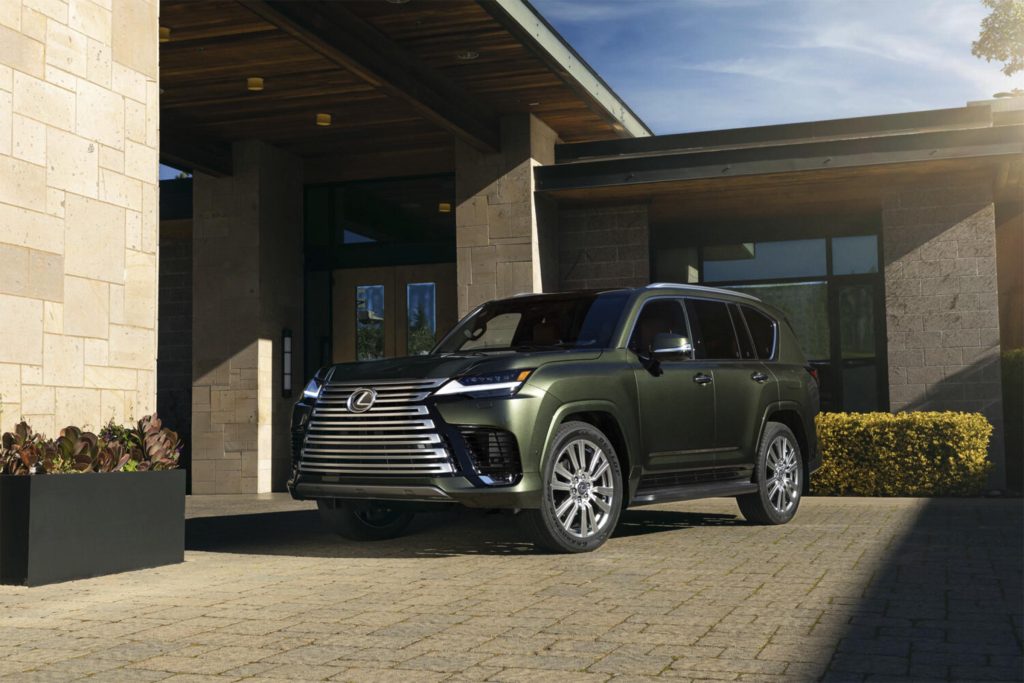


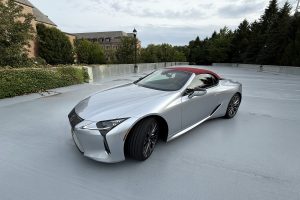


0 Comments